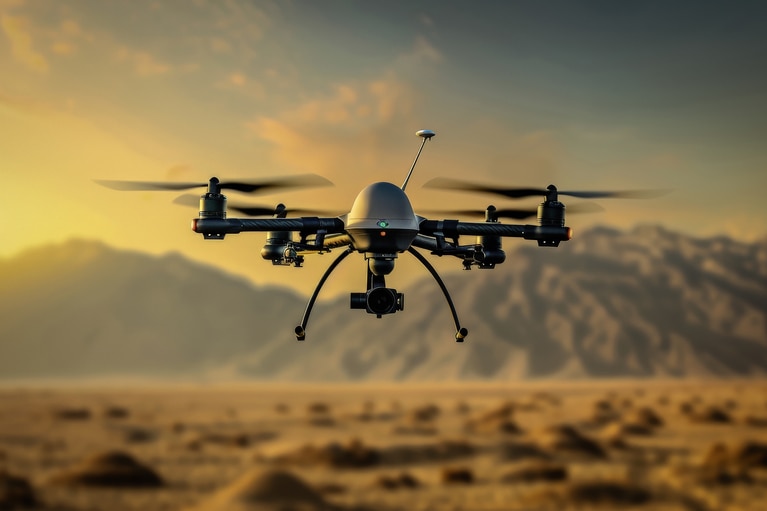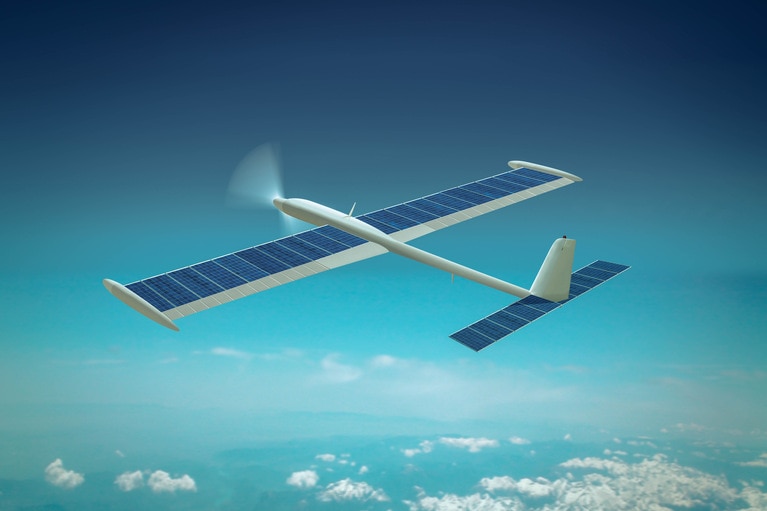
Accelerate your move to a high performance 48V power delivery network
This eBook provides guidance on designing 48V power delivery networks to enhance the performance, efficiency, and reliability of industrial products
Case study: Tethered Underwater ROV

Allowing an underwater ROV to perform remote inspection activities at greater depths required the tether from the ship-based power source be extended. Distributing the original design’s low voltage over the longer tether was not practical due to voltage drops. Moving to a high-voltage 700V low-loss tether, however, required conversion to a lower SELV voltage onboard the ROV. This typically requires a custom converter that takes up space and adds weight, not feasible in an ROV that needs to be able to carry increased payloads. The key goals were:
The extremely small, low weight BCM® Bus Converter, acting as a DC-DC transformer, converted the high voltage from the tether down to the 48V distribution architecture on board the ROV. It provided a simple, easy to implement, off-the-shelf solution.

High-voltage tether reduced the supply current, and thus losses for a given cross-section of copper conductor, allowing for a thinner, longer tether

Reduced footprint of 1.5kW solution to just 41cm2

Low noise conversion topology prevented interference with communications over the tether

Isolated fixed-ratio
Input: 800 – 48V
Output: 2.4 – 55.0V
Current: Up to 150A
Peak efficiency: 98%
As small as 22.0 x 16.5 x 6.7mm
Non-isolated regulated
Inputs: 12V (8 – 18V), 24V (8 – 42V), 48V (30 – 60V)
Output: 2.2 – 16V
Current: Up to 22A
Peak efficiency: 98%
As small as 10.0 x 10.0 x 2.56mm
Accelerate your move to a high performance 48V power delivery network
This eBook provides guidance on designing 48V power delivery networks to enhance the performance, efficiency, and reliability of industrial products
Build better UAVs using modular power
Power Delivery Networks (PDN) based on Vicor high performance power modules enable innovative designs for the next generation of UAV development
UAV Market Trends and Power System Seminar 2025 Taipei, Taiwan
Power modules enable top performance and innovation for today’s advanced UAVs
High-efficiency, high-density modules free up space for advanced communications and extend range
High-efficiency class of UAV depend on solar power to meet its long flight time requirements



